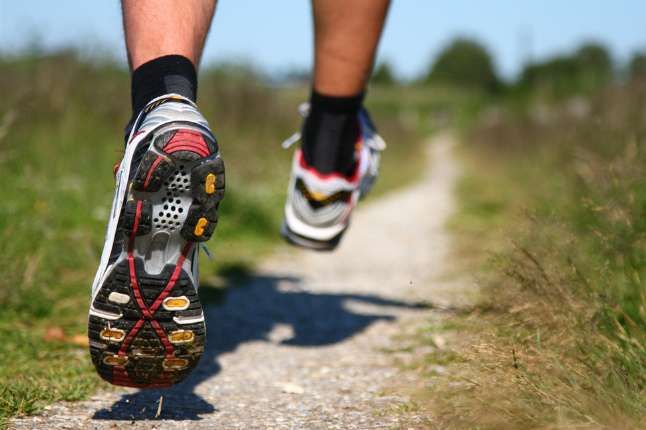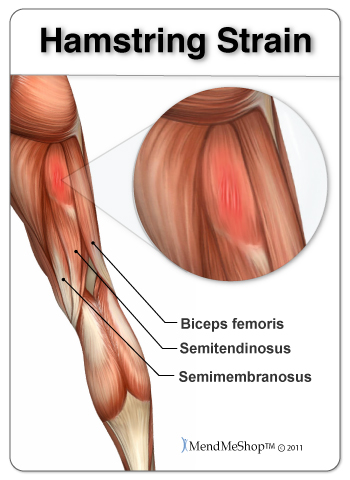Written by Jon on January 30, 2015 |

In 2015, there are 688 marathons scheduled in the United States. First-time participants as well as experienced runners will follow a fairly strict training routine in order to prepare for the big event. As race day approaches, runners will pay particular attention to their mileage, what they eat, and how much rest they get. But what about after the race? Many first time participants fail to have a post-marathon plan which may lead to delayed recovery, unnecessary injury, or decreased health. Here are some tips to make your recovery a successful one:
Immediately after the race:
- keep walking for about 10-15 minutes to allow your heart rate to gradually drop
- drink several cups of water or a sports drink to begin to rehydrate
- change into dry clothes/shoes or use a Mylar blanket to stay warm
- do some gentle stretching
- eat a small snack of simple carbohydrates (eg – fruit, energy gels/bars, bagels)
Back at your room or home:
- soak in cold bath (55-65 degrees) for 10-15 minutes
- elevate your legs to help with circulation
- wait 2-6 hours before using foam roller and 24 hours before getting a massage
- continue to rehydrate with water and/or sports drink
- eat a meal similar to your pre-race meal that includes lots of carbs and some protein
- walk again to keep your muscles loose and promote circulation/healing
The first week after the race and beyond:
- take at least a week off from running and then gradually ease back to it
- treat any injuries you may have sustained (eg -blisters, strained muscle)
- get lots of sleep
- continue walking and gentle stretching
- stay on a well-balanced diet
- nourish your immune system since it can get depressed from the race
By having a post-marathon plan in place, you can make the experience of completing a marathon a more enjoyable one!
Written by Jon on January 21, 2015 |

It’s the start of a new year and many people have made a resolution to get into better shape. Often times, this means making an effort to exercise more including jogging or running. Some people may even have plans to run in a half or full marathon this year. But, before you hit the road and start training, be sure to get the right footwear. Otherwise, you may find your training cut short by painful symptoms or injury.
There are many factors to consider when looking for the best running shoes that will fit your needs. First, where do you intend to run? Will it be on a more consistent type of surface like a treadmill, on pavement, or on a track? Or, will it be on dirt trails with sand, gravel, etc.? Get the shoes which are better suited for the places you plan to run. Another very important aspect to understand is the arch of your foot. The shape of your arch will determine the type of running shoe that will give you the most appropriate support. If you have a flat foot and tend to “over pronate” (i.e.- roll to the inside), then a “stability shoe” may be recommended. Conversely, if you have a higher than normal arch and your foot is “supinated”, then a shoe with more cushioning may be required.
When you’re ready to go into a store to buy your shoes, keep a few other things in mind. To ensure a proper fit, shop for shoes at the end of the day. Your feet swell during the day (and while running), therefore, trying on shoes later in the day will give you the best fit. Also, have your foot measured since your shoe size can change as you age. It is typically recommended to get running shoes a half-size or even a full size larger to allow proper room for the foot. Bring the socks you wear for running and any insoles or orthotics you use when trying on shoes. Try on several pairs of shoes to really get a sense of what feels good to you. Finally, take your shoes for a test drive by actually running in the store or outside.
Now that you have the right shoes, plan on replacing them about every 400 miles. If you run almost everyday, consider getting two pairs. Running shoes may need a day to decompress and dry out after a longer run, so you can alternate on a day to day basis. By getting the proper footwear, you can help avoid injuries and keep your training on track!
Written by Jon on January 14, 2015 |

Hamstring injuries are one of the most common injuries in sports, exercise, and recreational activities. There are many reasons that these injuries occur, including: muscle weakness, muscle tightness, pelvic rotation, etc.) As a result, hamstring injuries can also be very difficult to treat and recover from because they can often get re-aggravated. How can you reduce your risk?
Continue Reading »




